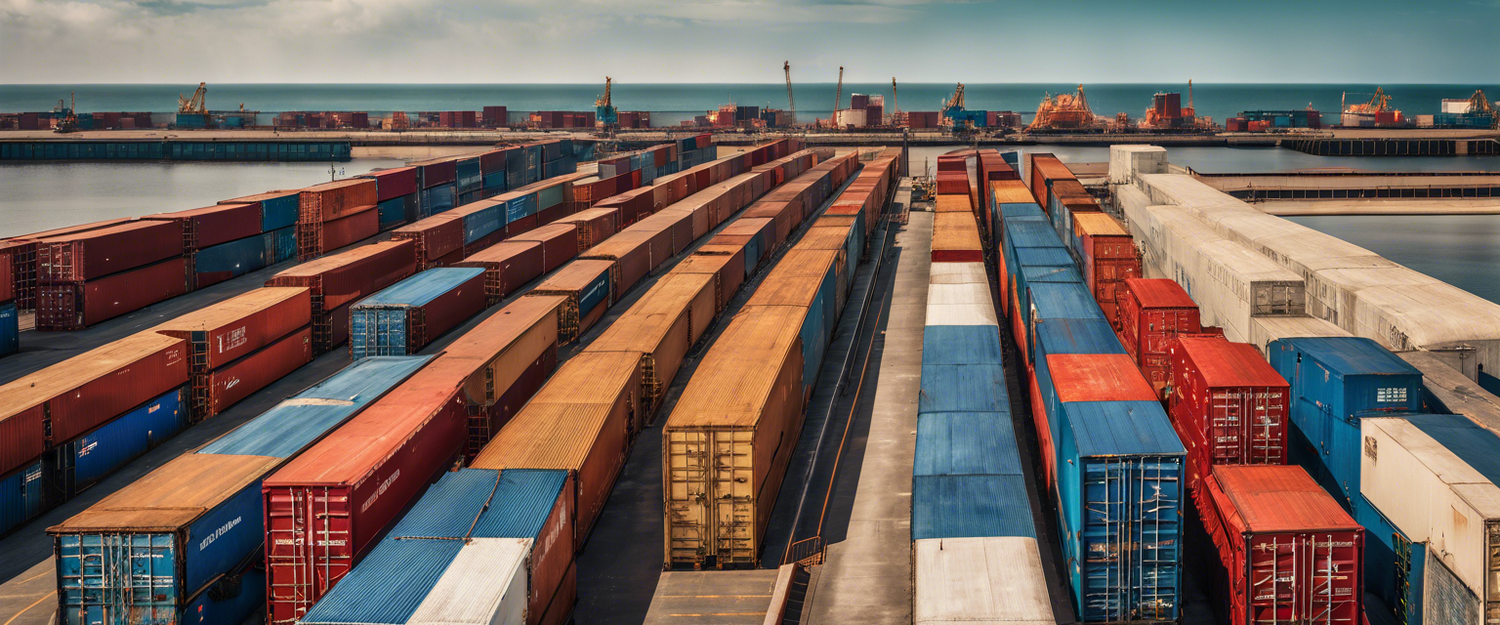As of October 1, 2023, a significant strike has unfolded across numerous ports along the East and Gulf Coasts of the United States. Thousands of dock workers have come together as a unified force to protest against issues primarily concerning wages and the threat posed by technology that could replace their jobs. This labor action has the potential to raise prices and significantly disrupt the availability of goods depending on its duration.
Background of the Strike
The strike was initiated by the International Longshoremen’s Association (ILA)—a union representing approximately 85,000 dock workers—after their contract with the US Maritime Alliance (USMX) expired just past midnight on October 1. The work stoppage spans an extensive area from Maine to Texas, affecting a large network of shipping and logistics.
Demands of the Dock Workers
The main points of contention include the USMX's proposal of a 50 percent wage increase and additional safeguards against automation in the workplace. The ILA argues that the rise of automated systems threatens to eliminate jobs traditionally held by human crane operators and container truck drivers. Moreover, the union has voiced concerns about surveillance measures in the form of installed cameras at workstations, claiming it creates a "hostile work environment under the guise of safety." ILA President Harold Daggett made it clear that the union is fully committed to the strike, stating, "We are prepared to fight as long as necessary, to stay out on strike for whatever period of time it takes, to get the wages and protections against automation our ILA members deserve."
Economic Impact of the Strike
The implications for the national economy could be severe. With the current strike reminiscent of the last East Coast strike in 1977, which extended over six weeks, estimates by JP Morgan suggest the economic setback could reach between $3.8 billion to $4.5 billion for each day the ports remain idle. Consequently, the ripple effects may encompass increased prices on consumer goods and delays in the supply chain, ultimately affecting businesses and consumers nationwide.
Government Response
In light of the escalating situation, President Joe Biden has intervened, urging the USMX to negotiate a fair contract that acknowledges the contributions of the longshoremen towards the economic revival post-pandemic. This appeal highlights the substantial role dock workers play in maintaining the nation's logistics and supply chain.
Current Status and Future Outlook
As negotiations for a new contract continue amidst the strike, workers remain steadfast in their demands. While the USMX has initiated discussions, the pressure is mounting for them to respond adequately to the workforce's needs. Should the strike persist, the strain on the economy may force both parties to come to an agreement sooner rather than later to mitigate further damage.
In summary, the strike involving dock workers along the East and Gulf Coasts is a crucial labor action reflecting broader concerns about wages, job security, and the future integration of technology in the workplace. As the situation progresses, all eyes will be on how negotiations unfold and what impact they will have on both workers and the economy.



Leave a comment
All comments are moderated before being published.
Trang web này được bảo vệ bằng hCaptcha. Ngoài ra, cũng áp dụng Chính sách quyền riêng tư và Điều khoản dịch vụ của hCaptcha.